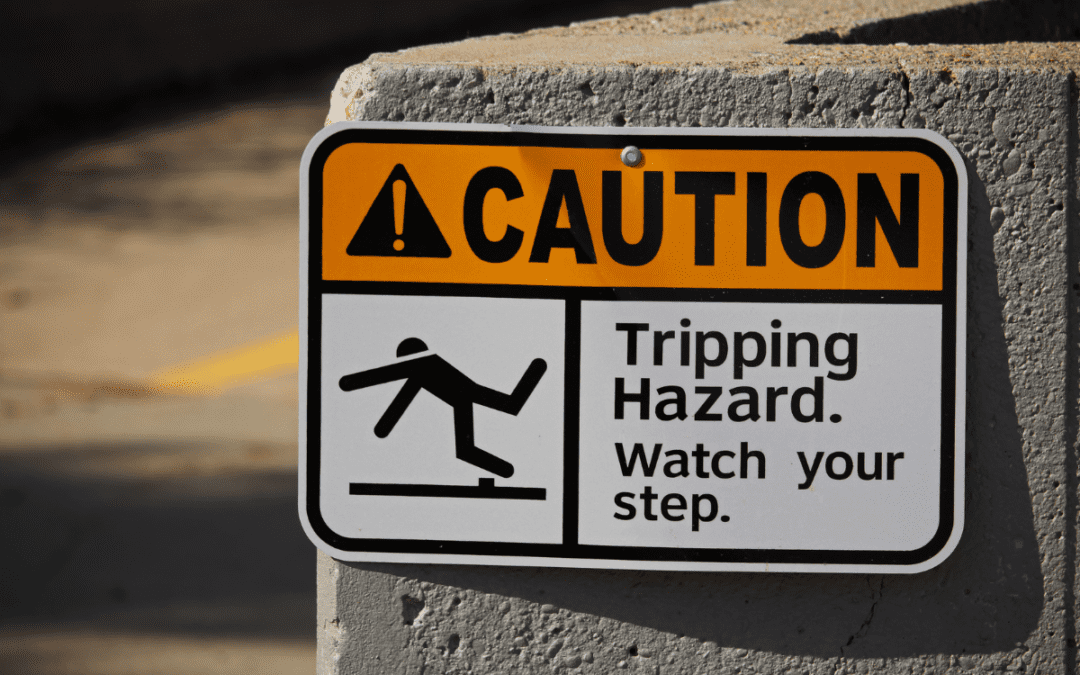In Florida, accidents happen daily, but not all accidents allow monetary damages to be recovered. It is necessary to prove negligence by the at-fault party in order to recover damages following an accident. However, the negligence per se doctrine in Florida permits recovery without proof of negligence.
What is Negligence Per Se?
In personal injury cases, negligence per se refers to the presumption a person acted negligently if they injured someone while violating a law.
Negligence per se, also called negligence “as a matter of law,” is a legal theory that makes it more difficult for victims to recover damages due to negligence. As soon as a defendant violates a statute, their actions are presumed unreasonable. In car accidents, these types of cases are very common.
Negligence Per Se in Personal Injury Case in Florida
A personal injury plaintiff must prove negligence in an ordinary negligence case. To succeed, the plaintiff must show that the defendant acted negligently and that these actions actually and proximately caused the plaintiff’s injury. It is defined as the degree of care that a reasonable person would have exercised in the same circumstances that caused an injury. However, a defendant is expected to be indicted for negligence when he violates a safety statute, regulation, or municipal ordinance and another individual is injured.
An easy way for the victim to recover damages is through the doctrine of “negligence per se.” Each state has its own rules for its application. Any traditional negligence per se action is characterized by the fact that the jury does not have to consider whether the defendant’s actions were reasonable. If the defendant’s conduct violates an applicable rule, regulation, or statute, it is presumed to be unreasonable. Although it is still up to the jury to decide whether the conduct violated the law and caused the accident, the standard of care is presumed.
As an example of negligence per se, victims may suffer harm because another party violated the law by:
- Driving above the speed limit
- Driving under the influence
- Running stops signs or traffic signals
- Failing to report hazardous conditions publicly
- Failure to follow safety regulations when manufacturing a product
Is Negligence Per Se Different From Regular Negligence?
The elements of each legal theory determine the difference between negligence and negligence per se. The victim must prove that the at-fault party violated the duty of care in cases of ordinary negligence. In contrast, negligence per se automatically proves the breach once the at-fault party has broken the law.
Ordinary negligence entails acting reasonably to prevent harm from occurring. Consequently, if certain circumstances were met, the at-fault party did not breach the duty of care to the other party.
When a driver slams on the brakes in an unforeseen emergency, another vehicle careens into their vehicle as a result. In a similar scenario, any reasonable person would slam on the brakes just like the first driver.
Nevertheless, if the first driver in this scenario had been texting while driving (which is illegal in Florida), the driver might be deemed negligent.
How Do I Prove Negligence Per Se in a Florida Personal Injury Case?
An injury victim must provide each element in order to prove negligence per se. In other words, you must prove another party violated a law meant to protect you from harm.
There are three steps to proving negligence per se in a Florida negligence case:
- A law was violated by another person or company
- You suffered the type of harm that the law is meant to prevent
- Victims are the people the law is intended to protect
- It is possible to establish a link between your injuries and the actions of the other person
In a Florida negligence case, you must prove that the other side broke the law to establish negligence per se. For example, a person driving drunk in Florida is violating Florida’s drunk driving law. Likewise, a person has broken a building law if they build a structure that violates building codes. Laws can be federal, state, or local.
When you prove that the other side broke the law, you must demonstrate that you’re the type of person that that law should protect. For example, drunk driving laws aim to protect the innocent public from being injured by drunk drivers. Along the same lines, you have to show that the law is meant to protect the public from the type of harm you suffer. For example, building codes protect people who enter the building from slip and fall accidents.
Are There Limits to Negligence Per Se Cases?
A protected class can only be injured by negligence when a specific law is violated, so there are limits.
Trespassing into the yard of a private home with potential hazards may not constitute negligence per se. Trespassers were not legally required to be warned of the dangers by the property owner in this scenario.
Attorneys for Personal Injury Case in Florida
Have you been injured as a result of someone else breaking the law? Would you like to know if you have a claim based on negligence per se? Our attorneys at the Bodden and Bennett Law Group can assist you. Let’s talk about your case together. Our team of experts can evaluate your claim for both traditional negligence and negligence per se.
In order to pursue a claim for recovery, we can provide you with a complete picture of what to expect. Then, as a team, we can devise the best recovery plan for you.
Contact us online or call (561) 806-5229 today!



